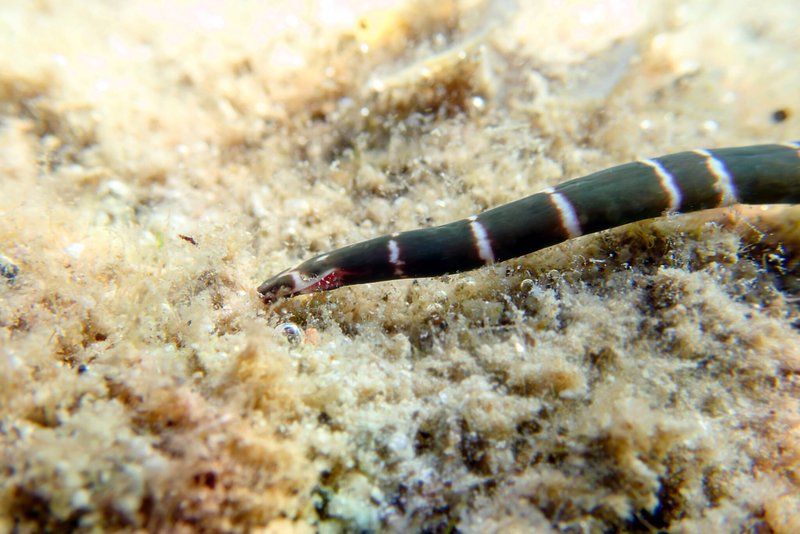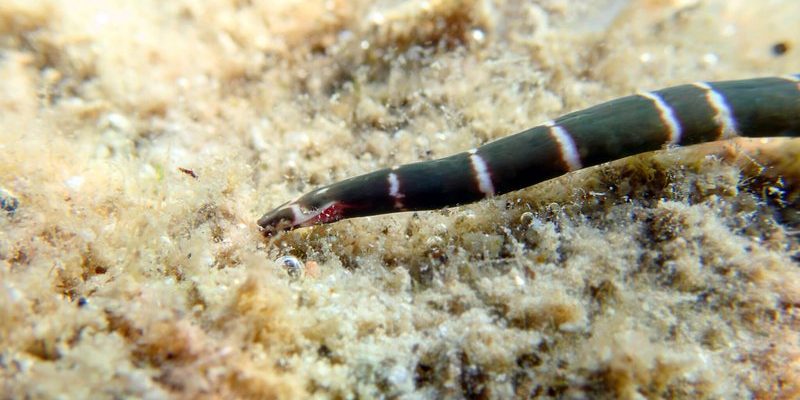
Farming ribbon worms isn’t just about gathering them from their natural habitats; it’s about creating a sustainable environment for them to thrive. Think of it like starting your own little underwater garden. You have to consider what they eat, how they reproduce, and how to keep them healthy. In this article, we’ll break down the ins and outs of ribbon worm farming, why it matters, and what researchers stand to gain.
Understanding Ribbon Worms
Ribbon worms, or *Nemertea*, are a group of soft-bodied invertebrates found in marine environments. With over a thousand known species, they come in various shapes and sizes, often displaying striking colors. Picture a long, squiggly worm with the ability to extend its body to several times its length. Pretty wild, right?
Ribbon worms are fascinating not just for their looks but also for their biology. They possess a unique feeding method using a structure called a proboscis, which allows them to capture prey like small crustaceans. This adaptability makes them valuable in studying ecosystems, behavior, and physical adaptations. The more we understand these creatures, the more we can appreciate the intricacies of marine life.
In addition to their captivating biology, ribbon worms have caught the attention of researchers because they can regenerate lost body parts. This regeneration ability raises interesting questions about healing and tissue regeneration that could have applications in medicine. If we can farm them effectively, it could open new avenues for research and discovery.
Challenges of Ribbon Worm Farming
You might be thinking, “That sounds great, but how easy is it to farm ribbon worms?” Well, like any farming venture, there are challenges involved. First off, creating the right habitat is essential. Ribbon worms thrive in specific water conditions, so mimicking those in a lab setting is crucial. If the water isn’t just right, the worms may not survive or reproduce.
Another challenge is their diet. Unlike plants that can grow almost anywhere, ribbon worms require specific types of food. They primarily feed on small invertebrates, and ensuring a steady supply can be tricky. This means researchers might have to culture their food sources, adding another layer of complexity to the farming process.
Also, since ribbon worms are often found in varied environments, keeping them healthy in captivity can be a guessing game. They may respond differently to changes in water temperature, salinity, and even tank mates. Getting all these factors right can take time, experimentation, and a sprinkle of patience.
Why Farm Ribbon Worms for Research?
Now that we’ve covered the challenges, let’s delve into why it’s worth the effort to farm ribbon worms. First and foremost, they offer immense potential for scientific research. Their unique biological features make them perfect subjects for studying development, behavior, and environmental adaptations.
For example, researchers can investigate how ribbon worms develop their regeneration abilities. Understanding this process could lead to breakthroughs in regenerative medicine, potentially helping us learn how to stimulate healing in humans. Imagine finding ways to treat injuries or even degenerative diseases by studying these remarkable creatures.
Moreover, ribbon worms are also important for ecological studies. They play roles in marine ecosystems, serving as both predators and prey. By farming them, scientists can better understand their ecological impact, helping us to conserve marine environments. With the ocean facing various threats, studying these organisms can provide insights into maintaining a healthy ecosystem.
Successful Farming Techniques
If researchers want to farm ribbon worms, they’ll need effective techniques. First, they should focus on creating the ideal habitat. This means setting up aquariums or tanks with the right water conditions, including temperature, salinity, and oxygen levels. Keeping everything stable is key; it’s like trying to keep a tropical plant happy—too much or too little of anything will throw it off.
Next is managing their diet. Culturing small invertebrates, like brine shrimp or marine worms, can provide the necessary food. Researchers will need to ensure that these food sources are available in a sustainable manner, meaning they can reproduce without exhausting their populations.
Additionally, monitoring the health of the ribbon worms is crucial. Regular checks for signs of stress or disease will help in managing their well-being. It’s a bit like having a pet; you need to pay attention to their needs and habits to ensure they’re thriving.
Real-World Examples of Research Using Ribbon Worms
There are already some exciting studies out there that have used ribbon worms as research subjects. For example, scientists at various marine laboratories have explored their feeding behaviors, reproductive strategies, and even how different environmental factors impact their populations.
Some researchers are also investigating the potential medicinal uses of ribbon worms. By studying their unique properties, they hope to unlock new avenues for drug development. Think of it like a treasure hunt for medical advancements hidden in these underwater creatures.
Moreover, ribbon worms have even been part of studies examining the effects of pollution on marine life. By analyzing how these worms cope with changes in their environment, researchers can gain insights into broader ecological consequences, helping us understand how to protect and preserve our oceans.
The Future of Ribbon Worm Farming
As we look ahead, the future of ribbon worm farming for research seems promising. With advancements in aquaculture technologies and a growing interest in marine biology, researchers are finding new, innovative ways to tackle the challenges of farming these creatures.
As we develop better techniques for cultivation and care, the potential for ribbon worm farming continues to expand. It could play a crucial role in influencing our understanding of marine ecosystems and advancing scientific knowledge. Who knows? The next big breakthrough in medicine or environmental science might just come from a tiny, squiggly ribbon worm.
Farming ribbon worms isn’t just an interesting idea; it’s an exciting frontier for scientific exploration. With dedication and continued research, we could unlock secrets from these creatures that benefit not just scientists but society as a whole.
In conclusion, farming ribbon worms for research purposes opens a world of possibilities. Whether it’s for understanding regeneration or studying marine ecosystems, these intriguing invertebrates have much to offer. If humanity can work toward a sustainable approach to farming them, we may just unveil the mysteries that lie beneath the waves, one ribbon worm at a time.

